
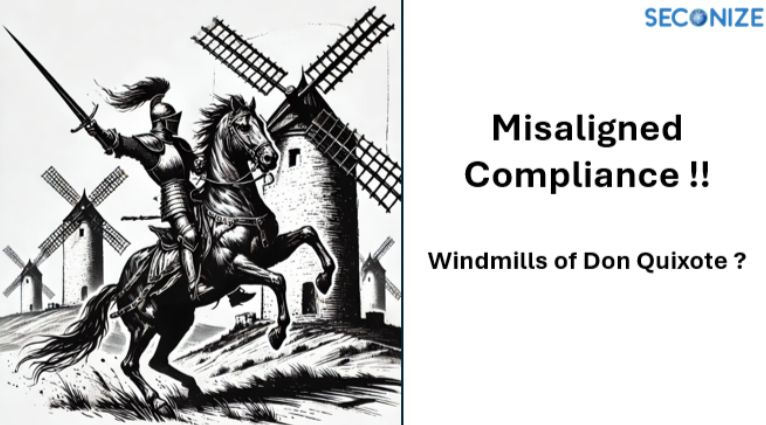
The Windmills of Regulation: Tackling Misaligned Compliance Efforts
In Miguel de Cervantes’ timeless tale, Don Quixote, the titular knight charges at windmills, mistaking them for ferocious giants. This iconic scene captures the essence of misaligned efforts: a noble intention aimed at the wrong target. For many organizations, regulatory

Vulnerability Management: The Sisyphean Boulder of Cybersecurity
In the realm of cybersecurity, Vulnerability Management often feels like a Sisyphean task. The Greek myth of Sisyphus, eternally condemned to roll a massive boulder up a hill only to have it roll back down, resonates deeply with security teams

The Seesaw Effect: A Balancing Act in Cybersecurity
The Seesaw Effect refers to the phenomenon where focusing too much on one aspect causes a decline in another, akin to a physical seesaw where one side rises while the other falls. The concept, though often intuitive, is widely used

Understanding Information Security Management Systems (ISMS)
In an age where data is one of the most valuable assets for organizations, ensuring its protection has become paramount. As cyber threats grow in both complexity and frequency, businesses worldwide are increasingly adopting frameworks and standards to safeguard their
Request for Proposal Template for a GRC Product (Cyber Governance, Risk, and Compliance)
Contents 1. Introduction ......................................................................... 3 2. Proposal Submission Instructions ...................................... 3 3. Scope of Work ...................................................................... 4 3.1. Compliance & Controls Management ............................... 4 3.1.1. Controls Management ............................................ 4 3.1.2. Evidence Management ........................................... 4 3.1.3. Workflow Automation for Evidence Collection
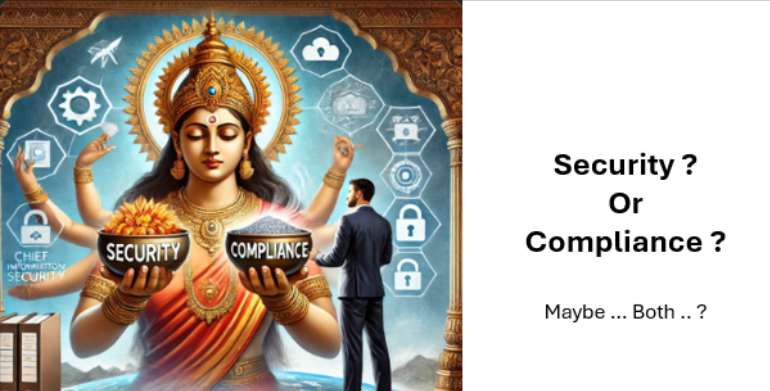
The Tale of Tenali Rama the Wise CISO and the Divine Boon
In the bustling world of digital security and regulatory frameworks, where data breaches and compliance audits lurk around every corner, there existed a clever and witty Chief Information Security Officer (CISO) named Tenali Rama. Much like the legendary Tenali Rama
Comparing GRC Products: RSA Archer, ServiceNow, and Seconize DeRisk Center — Which One Fits Your Needs?
Comparing RSA Archer GRC, ServiceNow GRC, and Seconize DeRisk Center highlights differences in their approaches, core strengths, and target audiences. Seconize DeRisk Center brings a distinct focus on automation, AI/ML, and proactive risk management, setting it apart from the other two, which are more traditional in
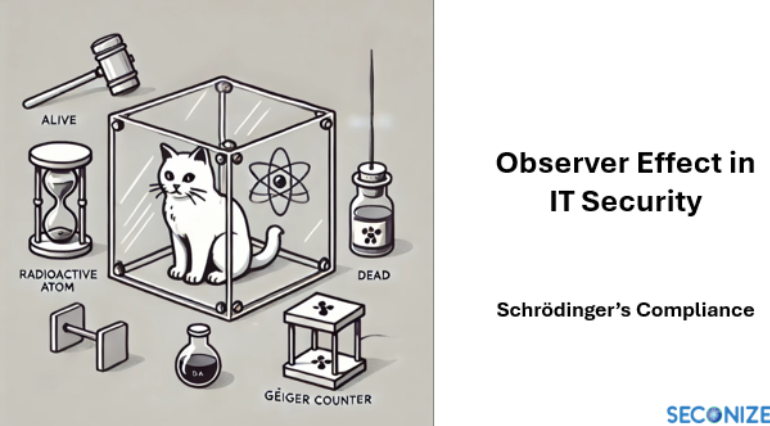
Schrödinger’s Compliance and the Observer Effect in IT Security
Schrödinger’s cat, a well-known thought experiment in quantum mechanics, serves as a metaphorical lens through which we can explore the complexities of IT security and compliance. The cat, simultaneously alive and dead until observed, mirrors the uncertain state of an
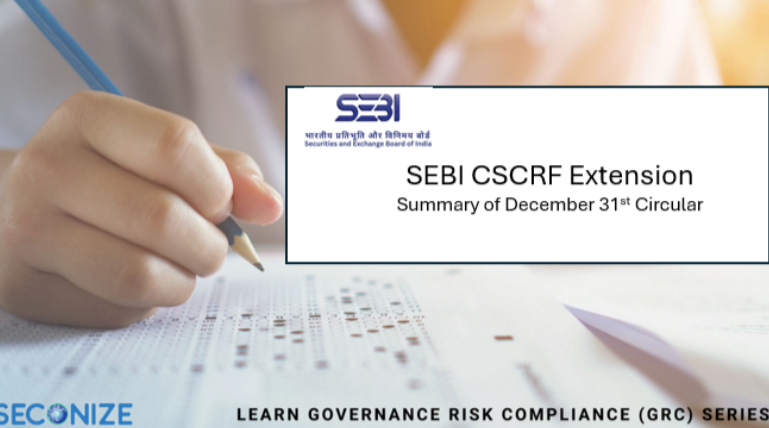
SEBI CSCRF Date Extended
The circular issued by the Securities and Exchange Board of India (SEBI) provides important clarifications and updates regarding the Cybersecurity and Cyber Resilience Framework (CSCRF) for SEBI-regulated entities. Key highlights include: 1. Cybersecurity and Cyber Resilience Framework (CSCRF) The framework,
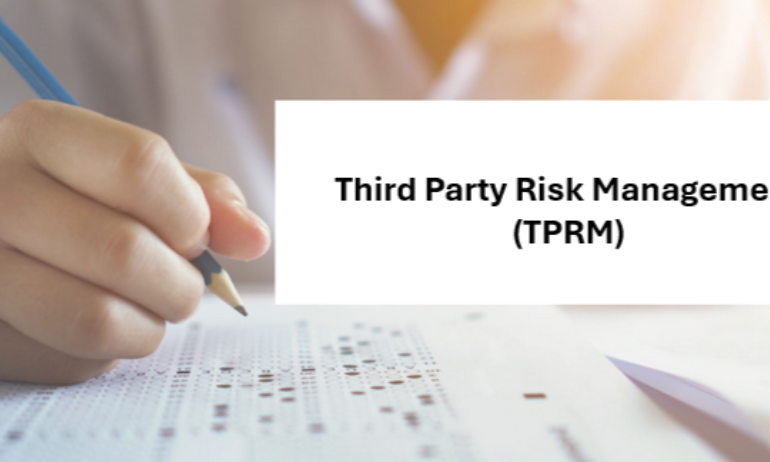
Third Party Risk Management: A Key Pillar for de-risking your business
Third Party Risk Management (TPRM) is essential for identifying, evaluating, and mitigating these risks throughout the vendor lifecycle—starting with the vendor onboarding process. In today’s interconnected business landscape, organizations rely heavily on third-party vendors for operational efficiency, specialized expertise, and

Security Isn’t a Speed Breaker: Cybersecurity and Sustainable Success
Once upon a time in the world of businesses, there were two types of organizations: The Hare Corp: fast, aggressive, and always chasing rapid growth and market leadership. The Tortoise Inc: steady, careful, and committed to building a secure and
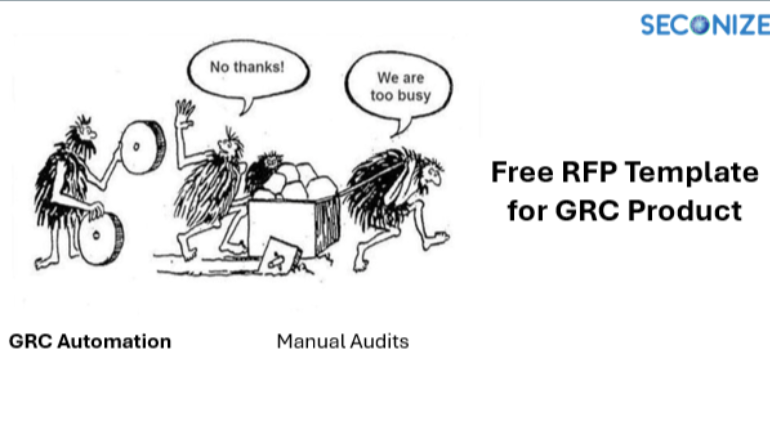
Request for Proposal Template for a GRC Product (Cyber Governance, Risk, and Compliance)
1. Introduction This Request for Proposal (RFP) is issued by [Your Organization’s Name] to solicit proposals from qualified vendors for a Governance, Risk, and Compliance (GRC) solution. The Proposal Template for a GRC Product should support the organization’s need to


Recent Comments